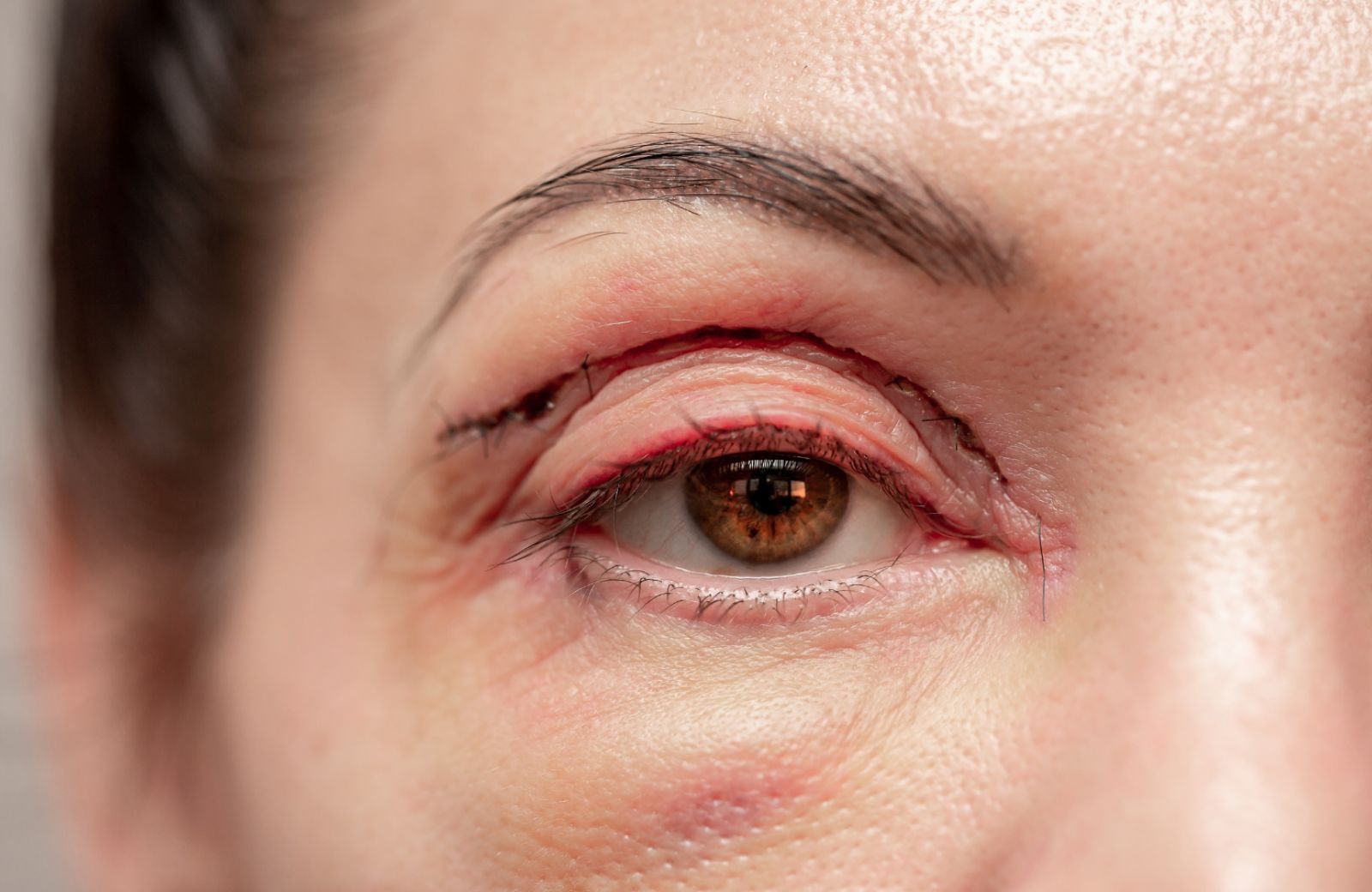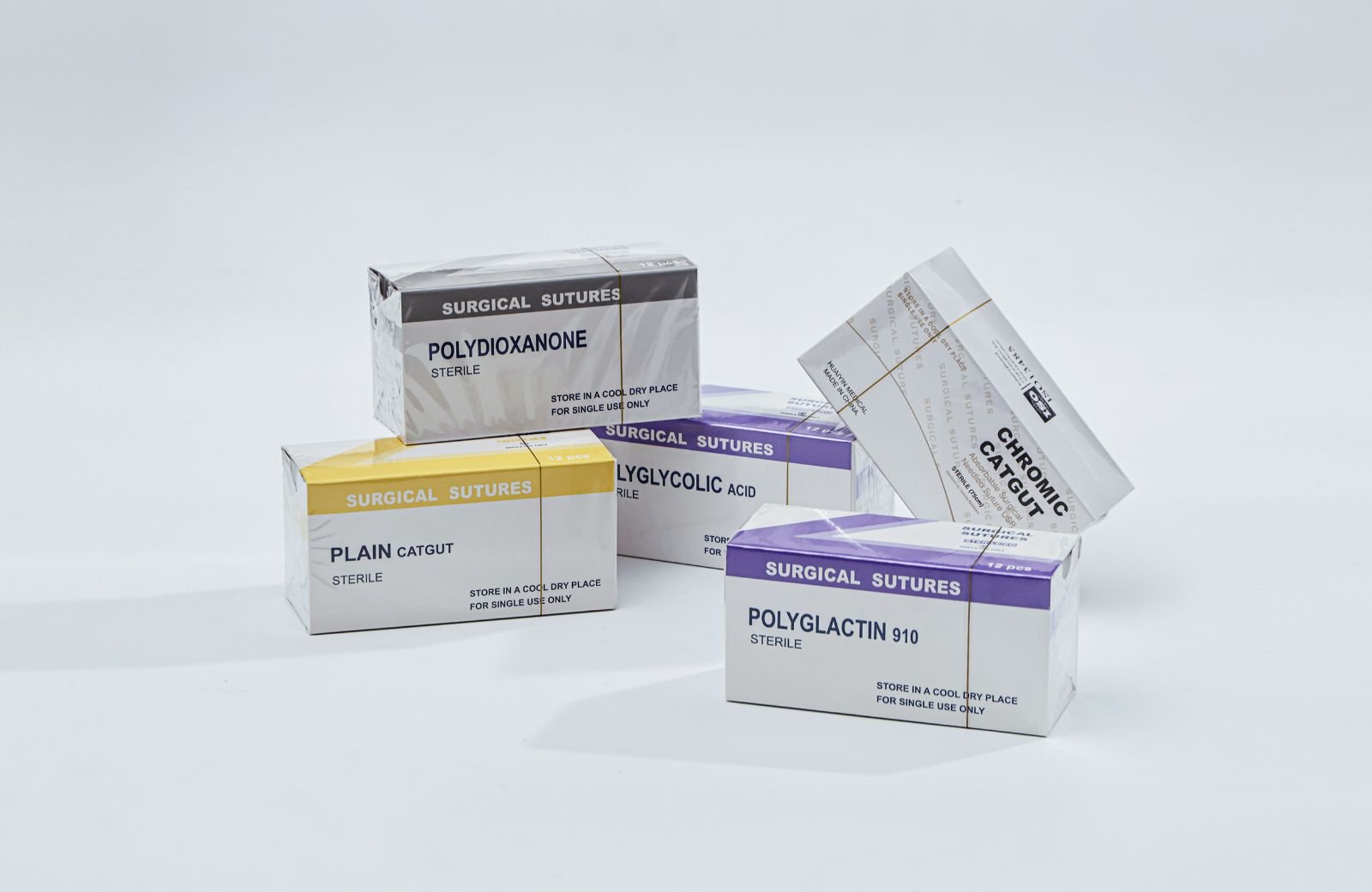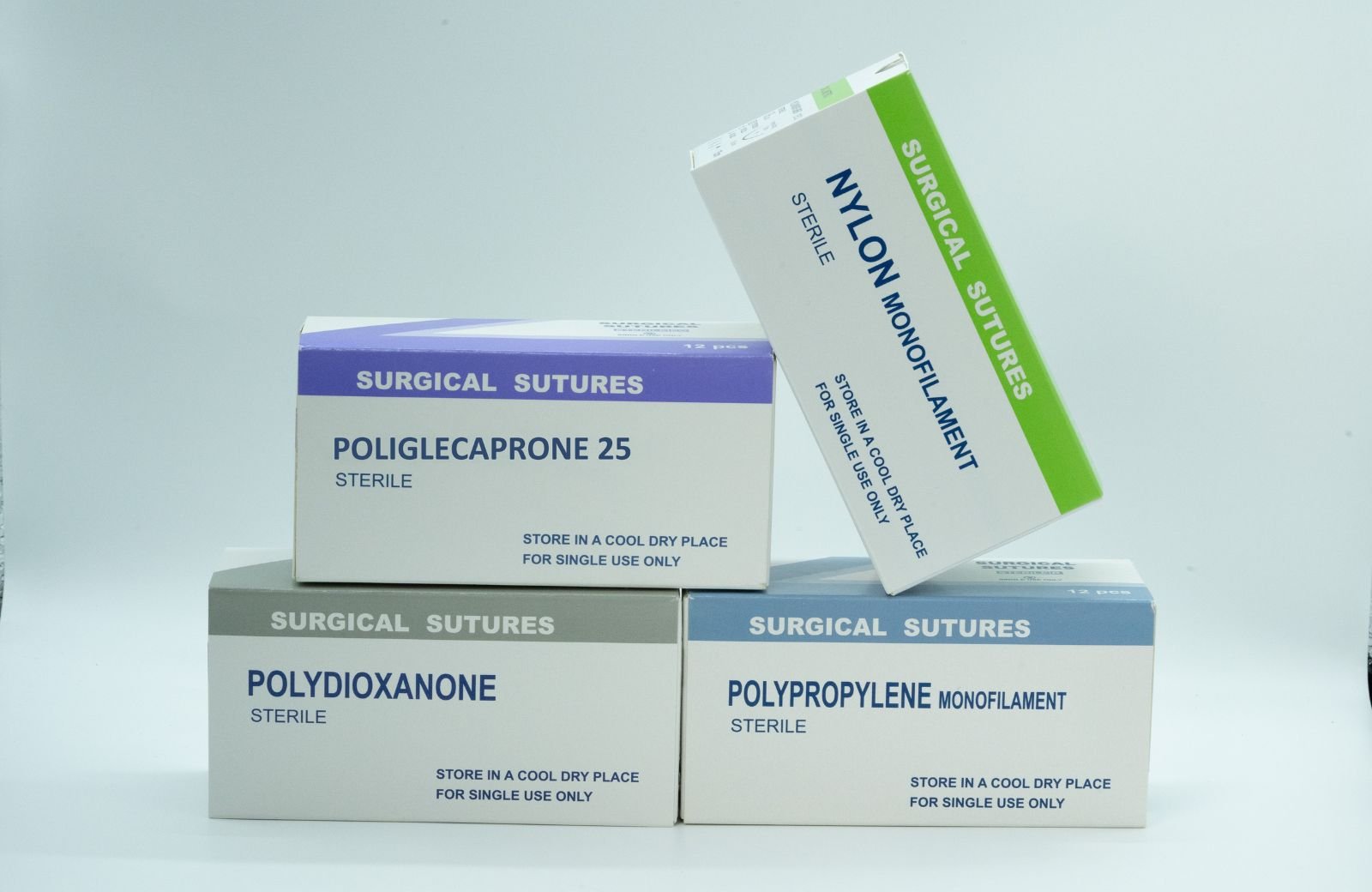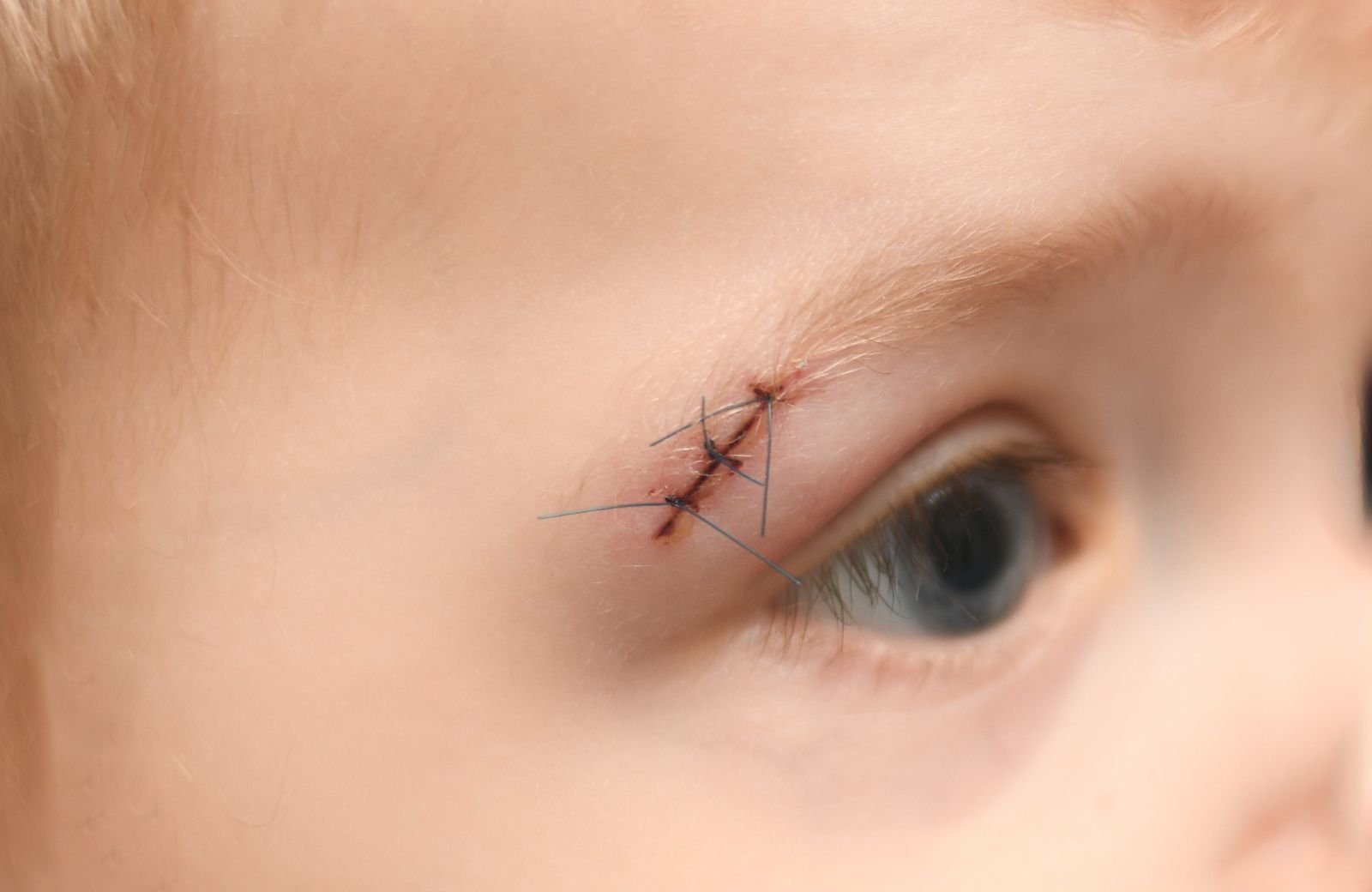 How Do Dissolving Sutures Look Like After Surgery?
How Do Dissolving Sutures Look Like After Surgery?
After surgery, patients often have questions about their recovery process, including concerns about their sutures. Dissolving sutures, also known as absorbable sutures, are a common choice for many surgical procedures. Understanding how these sutures look in the days and weeks following surgery can alleviate worries and help patients recognize what is normal and what might require further attention.
Initial Appearance of Dissolving Sutures
Immediately after surgery, dissolving sutures may appear similar to traditional sutures. You might see small stitches or a thread-like material holding the edges of the incision together. These sutures can vary in color—some are clear, while others may be blue, green, or other colors depending on the brand and the type of suture material used. The visible part of the suture may be a bit thicker than the actual thread, which can give it a more prominent look.
Changes Over Time
As the healing process begins, the appearance of dissolving sutures will change. Within the first few days post-surgery, you may notice the area surrounding the sutures becoming slightly swollen or red, but this is typically part of the body’s natural inflammatory response. The sutures themselves may appear looser as your body begins to absorb them.
Color and Texture
In the weeks following the surgery, dissolving sutures will start to lose their color and may even become softer in texture. Instead of the vibrant colors seen at first, they may become dull or transparent as the body breaks them down. This process usually takes several days to weeks, depending on the type of suture used and the area of the body where it is placed.
When to Be Concerned
While most changes in dissolving sutures are normal, certain signs may indicate a problem. If you notice excessive redness, increased swelling, or drainage that is yellow or foul-smelling, it may signal an infection. Additionally, if the sutures begin to fall out prematurely or if they have not shown any signs of dissolving after several weeks, contacting your healthcare provider is essential.
What to Expect as Healing Occurs
As the body continues to heal, you may see the sutures becoming less visible as they dissolve. The incision site itself will begin to form new tissue, and scabbing may occur. Patients often notice that the need for follow-up visits declines as the area heals properly. Your doctor may inform you that no further intervention is needed if the incision site appears healthy and the sutures have absorbed correctly.
Conclusion
In conclusion, dissolving sutures serve an essential role in post-surgical healing, and understanding their appearance can help ease concerns about recovery. Monitoring the incision site and being aware of what to expect as the sutures dissolve can empower patients throughout their healing journey. If there are any uncertainties, always consult with your healthcare provider for guidance and reassurance.
What Do Dissolving Sutures Look Like: A Comprehensive Overview
Dissolving sutures, also known as absorbable sutures, are a crucial element in many surgical procedures. They offer the convenience of not requiring a follow-up appointment for suture removal, as they naturally break down in the body over time. Understanding what these sutures look like, their types, and how they function is essential for patients undergoing surgeries that utilize them.
 Types of Dissolving Sutures
Types of Dissolving Sutures
Dissolving sutures come in various materials, each with unique properties and appearance. The most common types include:
- Catgut Sutures: Made from natural sheep or cattle intestines, catgut sutures are beige or light brown and tend to have a slightly frayed appearance. These sutures are absorbed by the body within 7 to 10 days.
- Polyglycolic Acid (PGA): These synthetic sutures are usually white or clear and have a smooth texture. They dissolve within 60 to 90 days, making them suitable for internal use.
- Polylactic Acid (PLA): PLA sutures are also synthetic and can appear white or clear. They are often used in skin closure and can take up to six months to fully absorb.
- Polyglactin 910 (Vicryl): Vicryl sutures have a distinct violet color and smooth texture. They are quite popular due to their strength and generally dissolve within 30 to 90 days.
 Physical Characteristics
Physical Characteristics
The physical appearance of dissolving sutures varies not only by material but also by the type of stitch used. These sutures can be found in different forms:
- Monofilament Sutures: These consist of a single strand that is smooth and less prone to infection because bacteria cannot easily adhere to them. They typically look like a fine thread.
- Multifilament Sutures: Made from multiple strands twisted or braided together, these sutures appear thicker and are often stronger than monofilament options.
What to Expect Post-Surgery
Patients often wonder how dissolving sutures will change after surgery. Initially, the sutures may appear taut and present on the skin or tissue where the procedure was performed. Over time, you may notice:
- The color fading: As the sutures dissolve, their color often changes, becoming less vibrant.
- Loosening or pulling away: The sutures may become slack as the body starts to absorb them.
- Complete disappearance: Eventually, the sutures will dissolve entirely, and you may not notice any remnants.
Care and Maintenance
Although dissolving sutures do not require removal, it’s crucial to maintain proper care of the surgical site. Here are some tips:
- Keep the area clean and dry.
- Avoid rigorous activities that may stress the sutured area.
- Follow your surgeon’s post-operative instructions regarding wound care.
By understanding what dissolving sutures look like and how they function, patients can better prepare for their surgical experience and subsequent recovery. Always consult a healthcare professional if you have concerns about your sutures or recovery process.
Understanding What Do Dissolving Sutures Look Like During Healing
When it comes to post-operative care, understanding the healing process of dissolving sutures is crucial for both patients and healthcare providers. Dissolving, or absorbable sutures, are designed to naturally break down in the body over time, eventually being absorbed by the tissue. While this type of suture eliminates the need for a follow-up appointment to remove stitches, many patients are curious about how these sutures look during the healing process. This section will guide you through what to expect.
Initial Appearance
In the first few days following surgery, dissolving sutures will typically appear as thin, fine threads stitched carefully into the skin. They can vary in color from white to blue or green, depending on the material used. It’s important to keep the area clean and dry to prevent infection, which can alter the appearance of the sutures and complicate the healing process. At this stage, you may notice some redness and swelling around the incision site, but this is generally a normal response to surgery.
Changes Over Time
As the days progress, typically within a week, you will notice changes in the sutures. The initial tightness may start to relax as the tissue heals. Dissolvable sutures are designed to break down slowly, so you might observe some fraying or fuzziness around the edges of the sutures. This breakdown is a natural part of the healing process, indicating that the body is working to repair itself.
Timeline for Dissolving Sutures
Typically, dissolving sutures will take anywhere from a few days to several weeks to fully dissolve, depending on the type of suture material used. Many absorbable sutures are designed to last between 7-14 days, while others may take a month or more to dissolve completely. During the healing process, patients should continue to monitor the sutures for signs of excessive redness, swelling, or discharge, which could indicate an infection.
What to Expect Near the End of the Healing Process
Toward the end of the healing timeline, most of the dissolving sutures will be barely visible or may have completely dissolved. You might see some remnants of suture material that appears like a thin, transparent film or light threading at the incision site. It’s essential to maintain regular follow-up visits with your healthcare provider to ensure that the healing process is on track and that there are no complications.
Conclusion
Understanding the appearance and progression of dissolving sutures is a vital part of post-operative care. By knowing what to expect, patients can feel more at ease during recovery and be proactive about their healing process. Remember, while some discomfort and changes in appearance are normal, any signs of infection or severe complications should always warrant professional attention. Always consult with your healthcare provider if you have any concerns about your sutures or the healing process.
 Common Concerns: What Do Dissolving Sutures Look Like as They Dissolve
Common Concerns: What Do Dissolving Sutures Look Like as They Dissolve
As patients recover from surgical procedures, one of the most common questions they have is regarding the appearance and behavior of dissolving sutures. Understanding what to expect can help alleviate anxiety and ensure a smoother recovery process. This article will address the typical signs of dissolving sutures and what they should look like as they break down over time.
Characteristics of Dissolving Sutures
Dissolving sutures, also known as absorbable sutures, are made from materials that the body can naturally break down. These sutures have been designed to dissolve over time, typically within several days to several months, depending on the type used and the location of the surgery. Initially after placement, they may appear similar to traditional sutures, offering a secure closure for the surgical site.
Initial Appearance
Immediately after your surgery, dissolving sutures may look like standard sutures, made from either synthetic or natural materials. They often have a shiny or slightly textured appearance. Your healthcare provider will typically clean the area and may apply a sterile bandage, allowing you to see the sutures. At this stage, it’s essential to follow any care instructions provided to ensure the site heals properly.
Signs of Dissolution
As the days pass, patients may notice a few changes in their sutures:
- Fading Color: The color of the sutures may start to change. Most absorbable sutures start bright but tend to fade as they break down.
- Thinning: With time, you might observe that the sutures appear thinner and less defined. They may begin to fray at the edges.
- Separation: As the sutures dissolve, parts of them may begin to separate from the skin. This is a normal part of the healing process.
- Absorption: Eventually, you may notice that the sutures become less visible and may eventually disappear completely. This can happen at different rates depending on the type of suture material.
What to Avoid
It’s important not to pull at or remove the sutures yourself. Allow the body to manage the healing process. If you notice any unusual changes such as excessive redness, swelling, or discharge at the wound site, contact your healthcare provider for guidance. These may indicate an infection or other complications that require medical attention.
When to Seek Help
If you have any concerns about how your dissolving sutures look or any discomfort you’re experiencing, don’t hesitate to reach out to your healthcare professional. They can provide reassurances, help you understand what you’re seeing, and address any potential complications early.
In conclusion, understanding what dissolving sutures look like as they dissolve can ease your worries during recovery. With these insights, you can focus on healing while keeping an eye out for normal signs of the absorption process. Always trust your instincts; if something doesn’t seem quite right, consult with your healthcare provider to ensure a healthy recovery.

